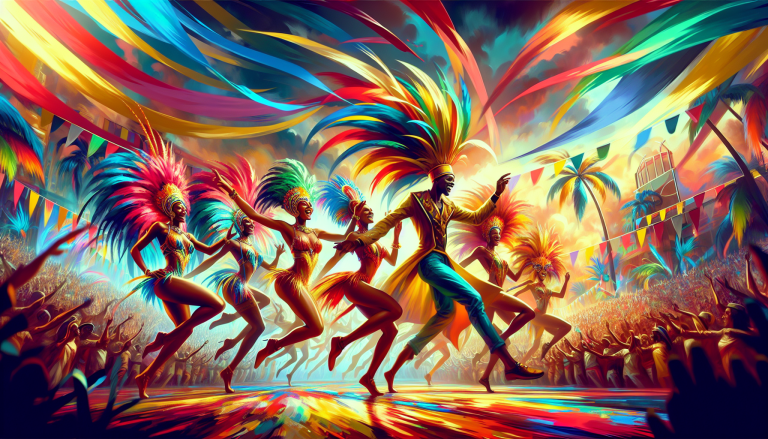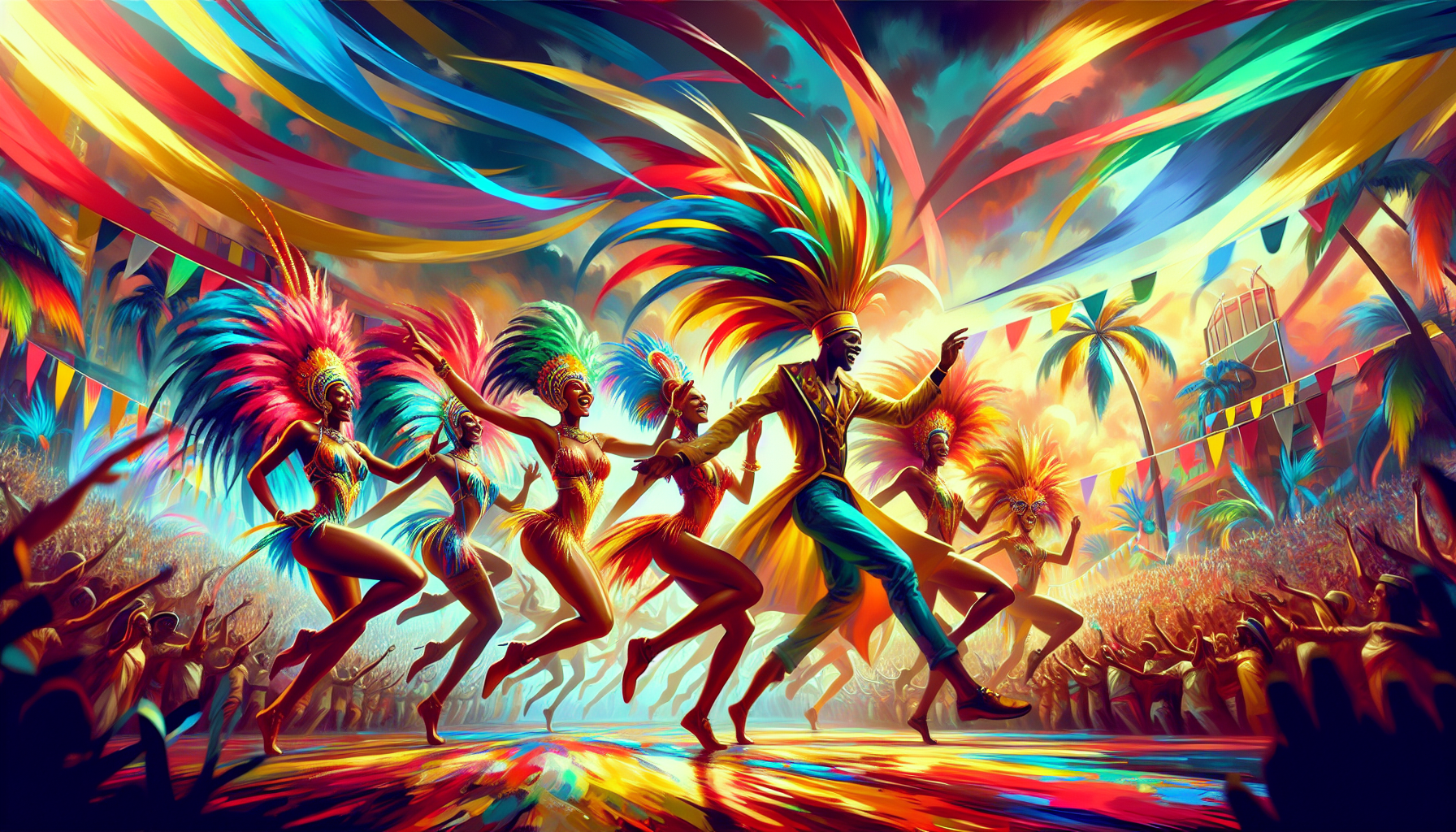Soca: The Pulsing Heart of Caribbean Music
In the vibrant tapestry of Caribbean music, one rhythm stands out with its infectious energy and celebratory spirit: soca. Originating in the twin-island nation of Trinidad and Tobago, soca is a captivating fusion of calypso, Indian, and African musical influences that has become a unifying force across the region.
Tracing the Roots of Soca
The story of soca begins in the 1960s, when a young musician named Garfield Blackman, better known as Lord Shorty, sought to revitalize the traditional calypso sound. Dissatisfied with the genre’s stagnant state, he experimented by blending calypso’s lively storytelling with the rhythmic drive of soul and funk. The result was a new sound that he christened “sokah,” a name derived from the words “soul” and “calypso.”
Lord Shorty’s groundbreaking work laid the foundation for soca’s distinctive style, which is characterized by a high-energy, uptempo beat, pulsating basslines, and infectious melodies. As the genre gained popularity in Trinidad and Tobago, other musicians, such as The Mighty Sparrow and Calypso Rose, began to incorporate soca elements into their music, further refining and evolving the sound.
The Cultural Significance of Soca

Beyond its musical influence, soca has become a vital part of Caribbean cultural identity. The genre is inextricably linked to the region’s vibrant festivals and celebrations, particularly the annual Carnival festivities. During these events, soca music and dance take center stage, serving as a unifying force that brings together people from all walks of life.
As IslandGroove, a passionate soca enthusiast, explains, “Soca is more than just a genre of music; it’s a way of life. When the rhythm starts pulsing, it’s impossible not to feel the energy and joy that it inspires. It’s a celebration of our heritage, our resilience, and our unapologetic spirit as Caribbean people.”
This cultural significance is further reinforced by the deep-rooted traditions and customs that are often woven into soca lyrics and performances. Songs may pay homage to historical figures, commemorate important events, or reflect the daily experiences of Caribbean communities. In this way, soca serves as a vessel for the preservation and transmission of cultural knowledge and identity.
Where to Experience Soca
For those seeking to immerse themselves in the vibrant world of soca, the Caribbean region offers numerous opportunities to experience the music and dance in its natural habitat. Trinidad and Tobago, the birthplace of the genre, is the epicenter of soca culture, with a thriving music scene and a world-renowned Carnival celebration that attracts revelers from around the globe.
Other Caribbean islands, such as Barbados, Jamaica, and Grenada, have also embraced soca, each developing their own unique interpretations of the genre. These destinations often host lively soca festivals, where visitors can witness the high-energy performances, participate in traditional dances, and engage with the local music community.
The Soca Sound and Performance
Soca music is characterized by its infectious rhythms, pulsating basslines, and vibrant, uplifting melodies. The tempo typically ranges from 120 to 150 beats per minute, creating a frenetic energy that encourages movement and celebration. Instrumentation often includes steel drums, electronic synthesizers, and percussion instruments like the tassa drum, which adds a distinct Indian flavor to the sound.
During a soca performance, the energy and enthusiasm of the artists are palpable. Singers and DJs command the stage, often engaging the audience through call-and-response chants, call-outs, and interactive dance routines. The crowd, in turn, responds with unbridled enthusiasm, jumping, waving, and gyrating to the infectious rhythms.
As IslandGroove notes, “Soca is not just a genre of music; it’s a way of life. When the beat drops, it’s impossible not to feel the energy and joy that it inspires. The performers feed off the crowd’s energy, and the crowd feeds off the performers, creating a symbiotic connection that is truly electrifying.”
For a glimpse into the captivating world of soca, check out this video of a live performance by one of the genre’s leading artists, Machel Montano: [Hyperlink to a soca performance video]




